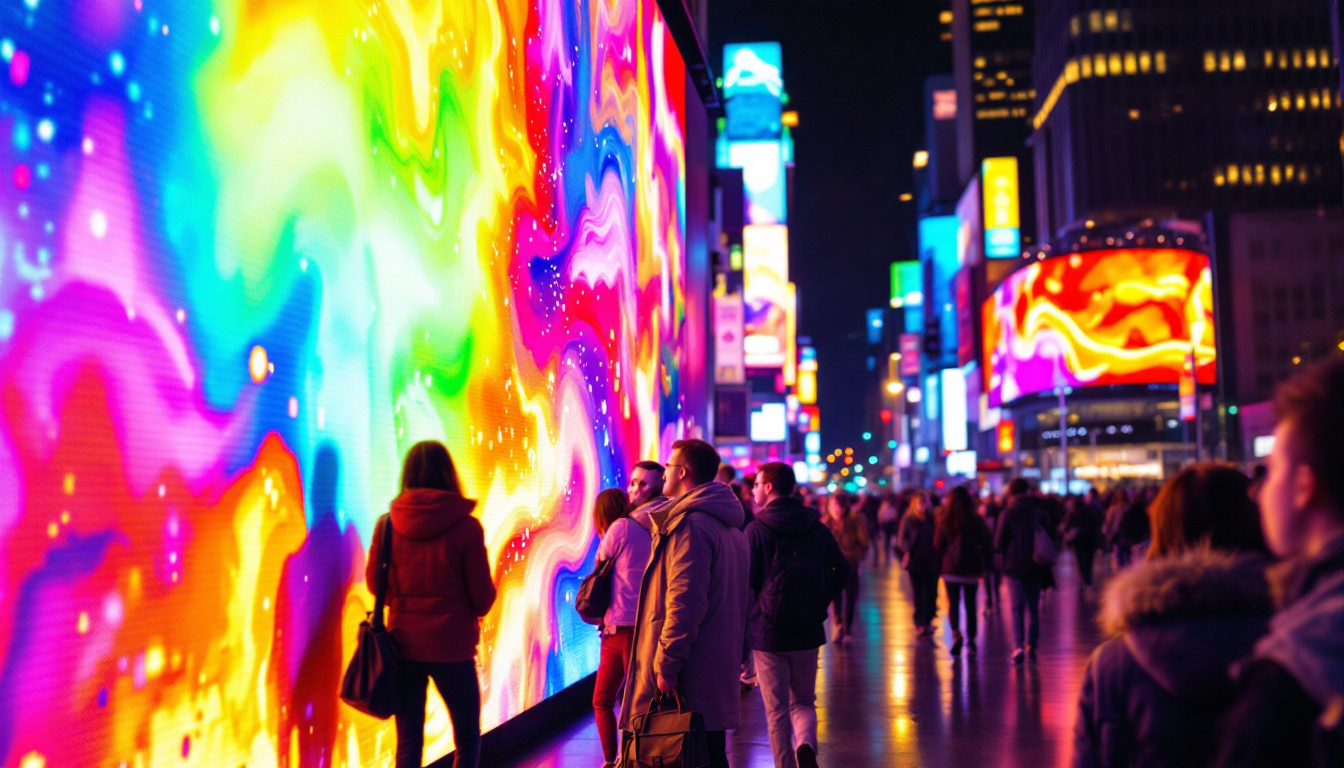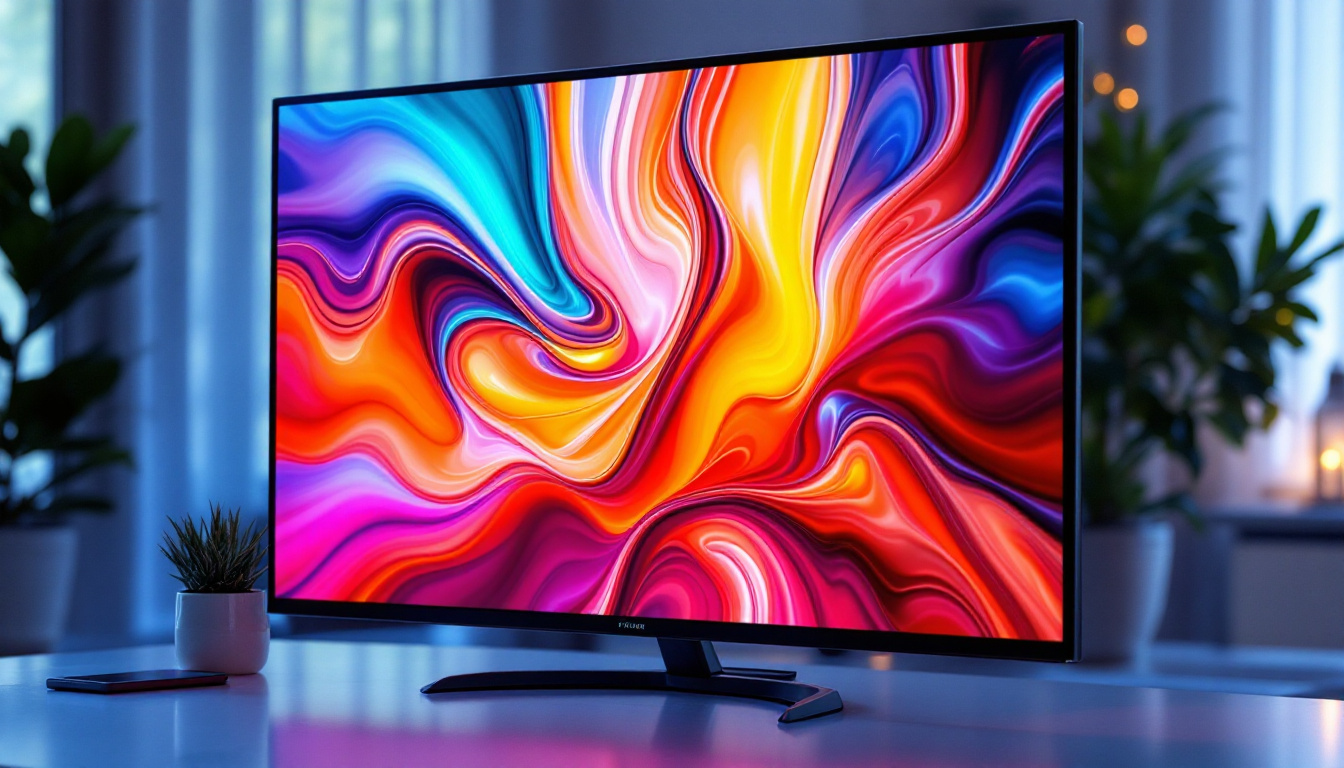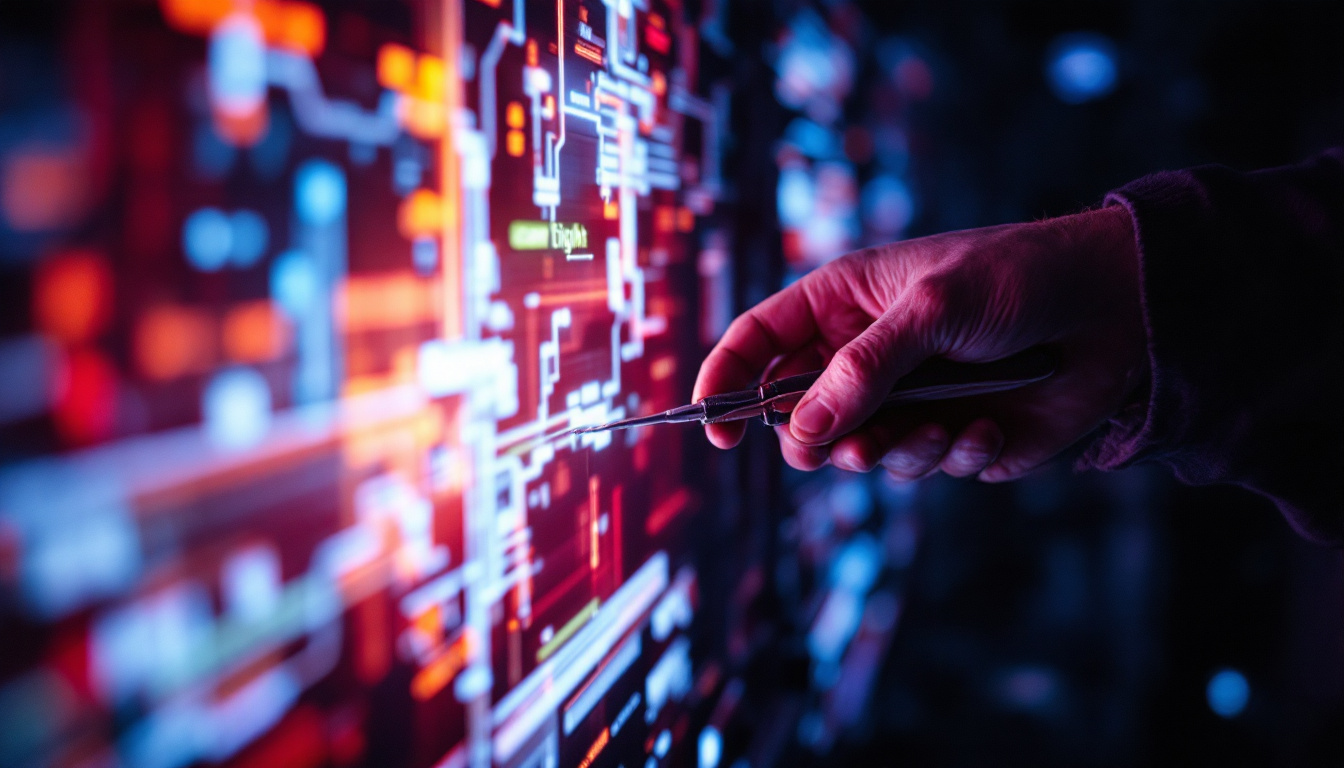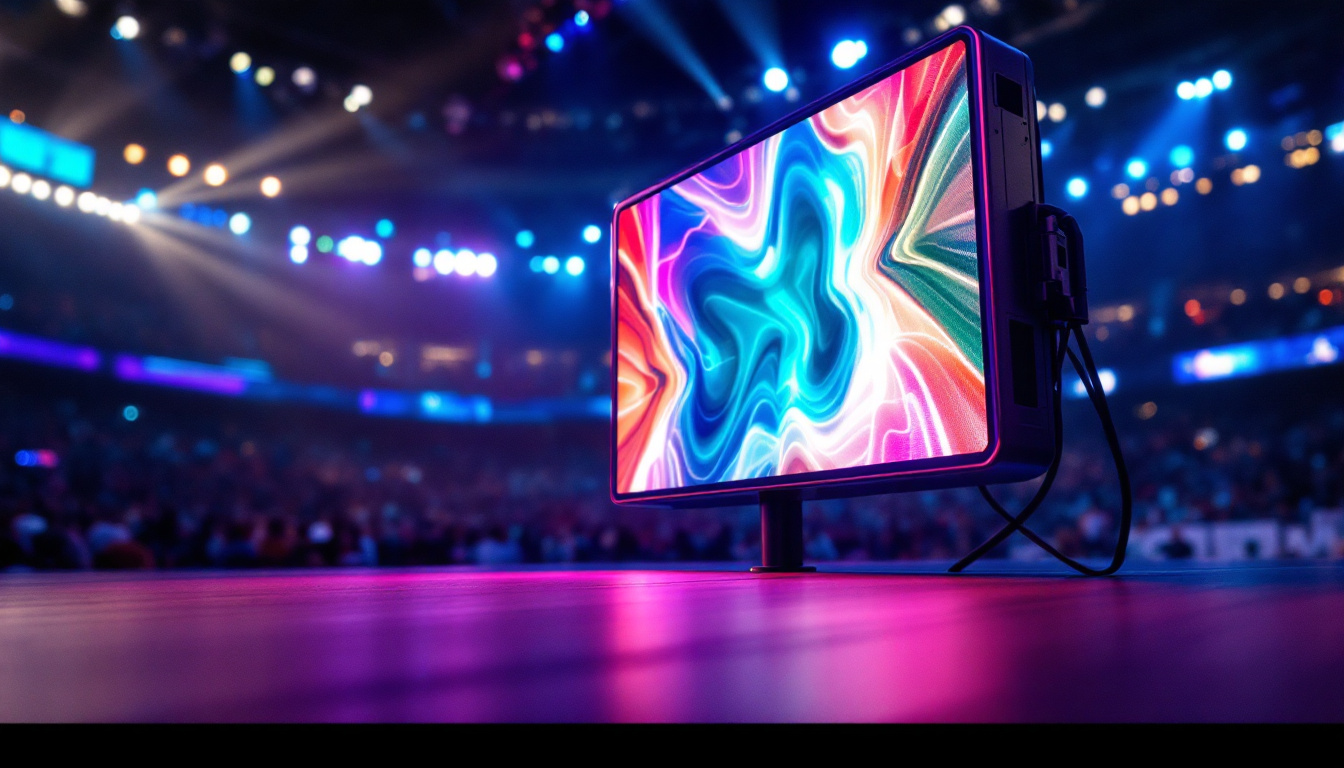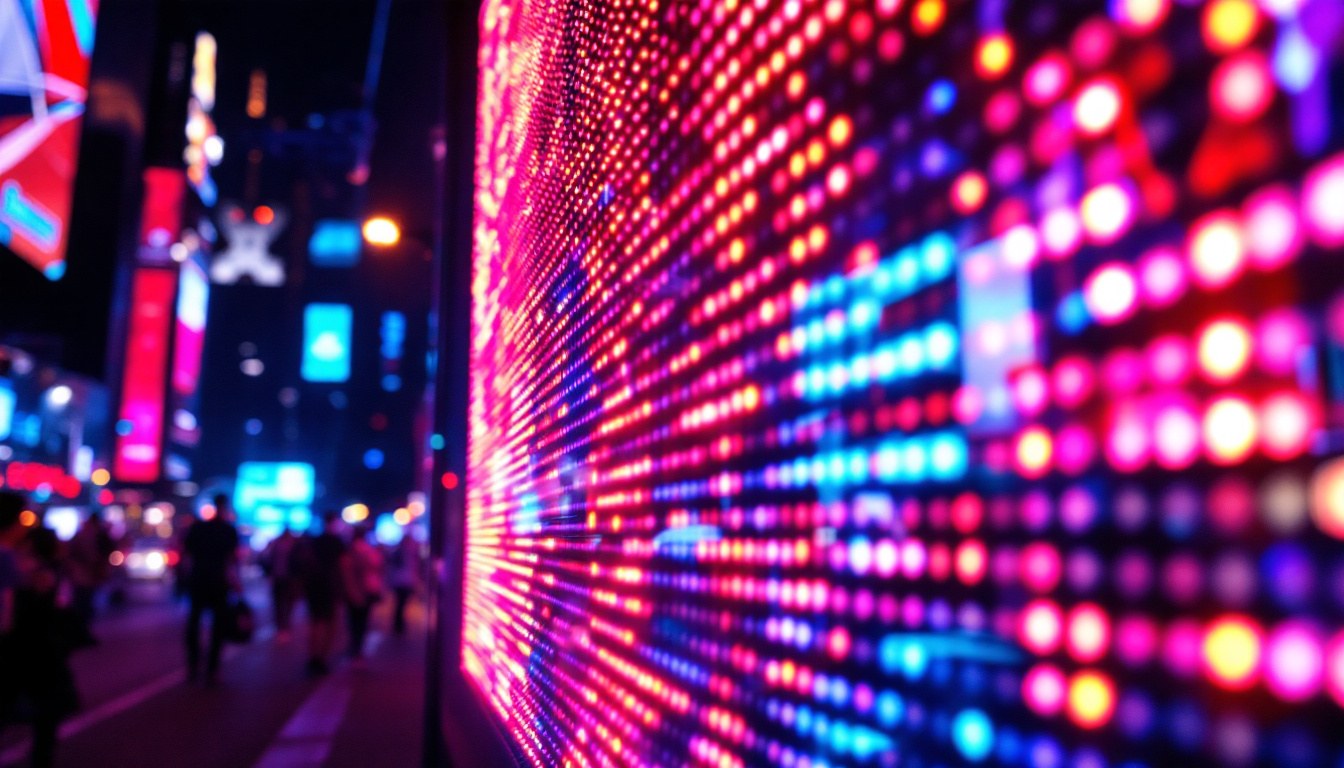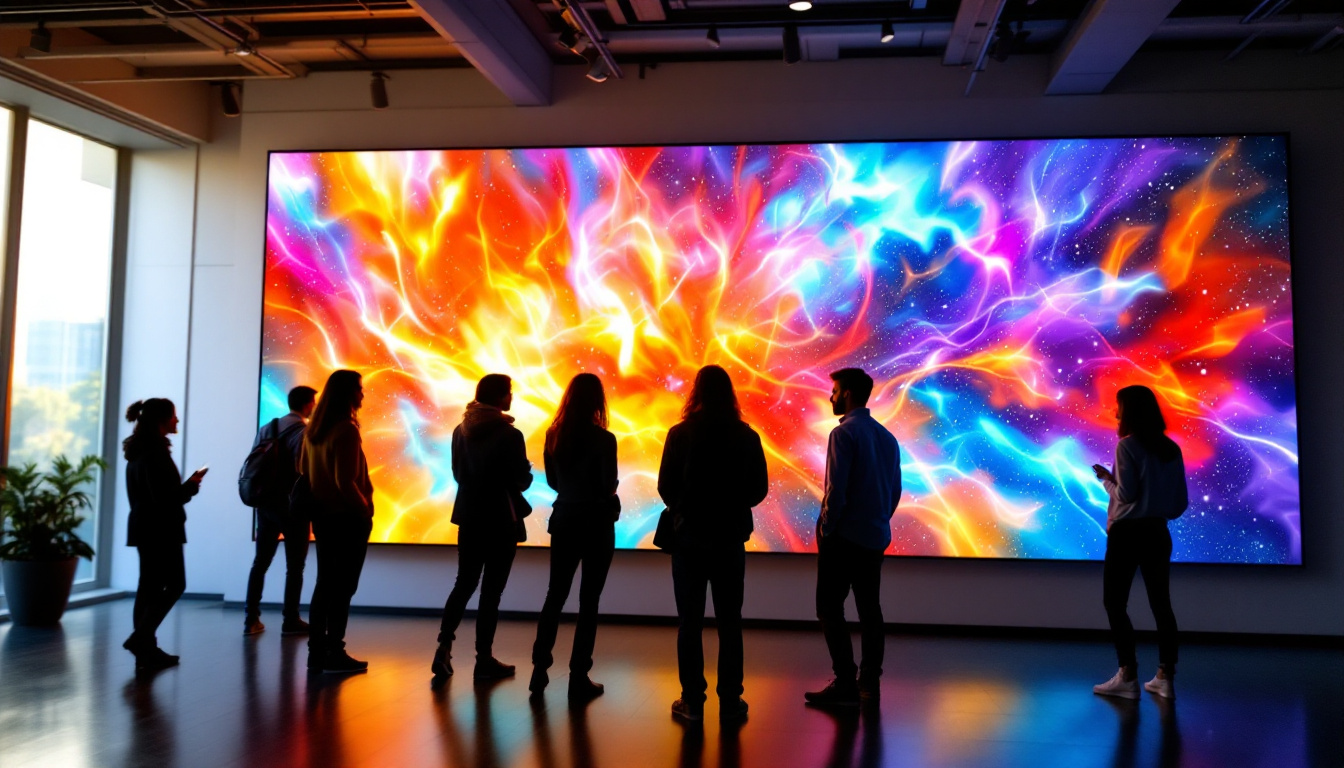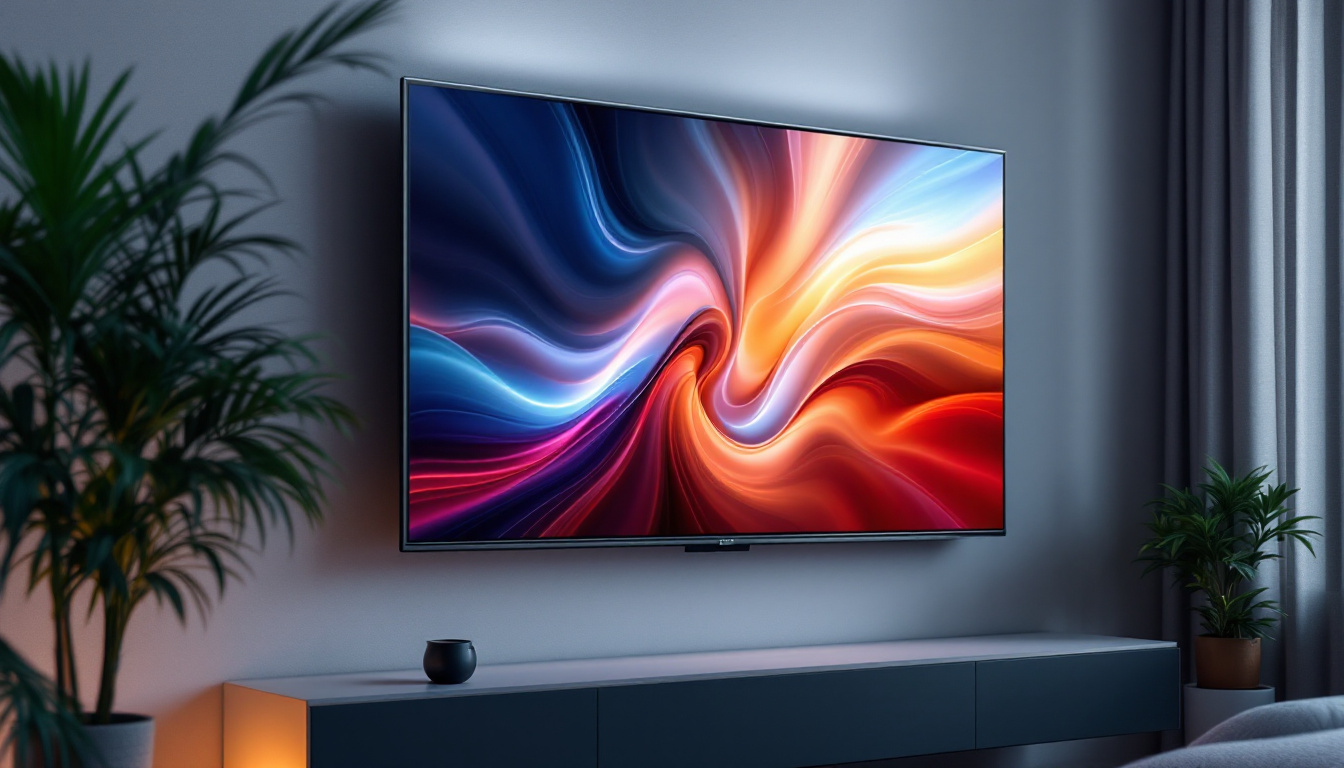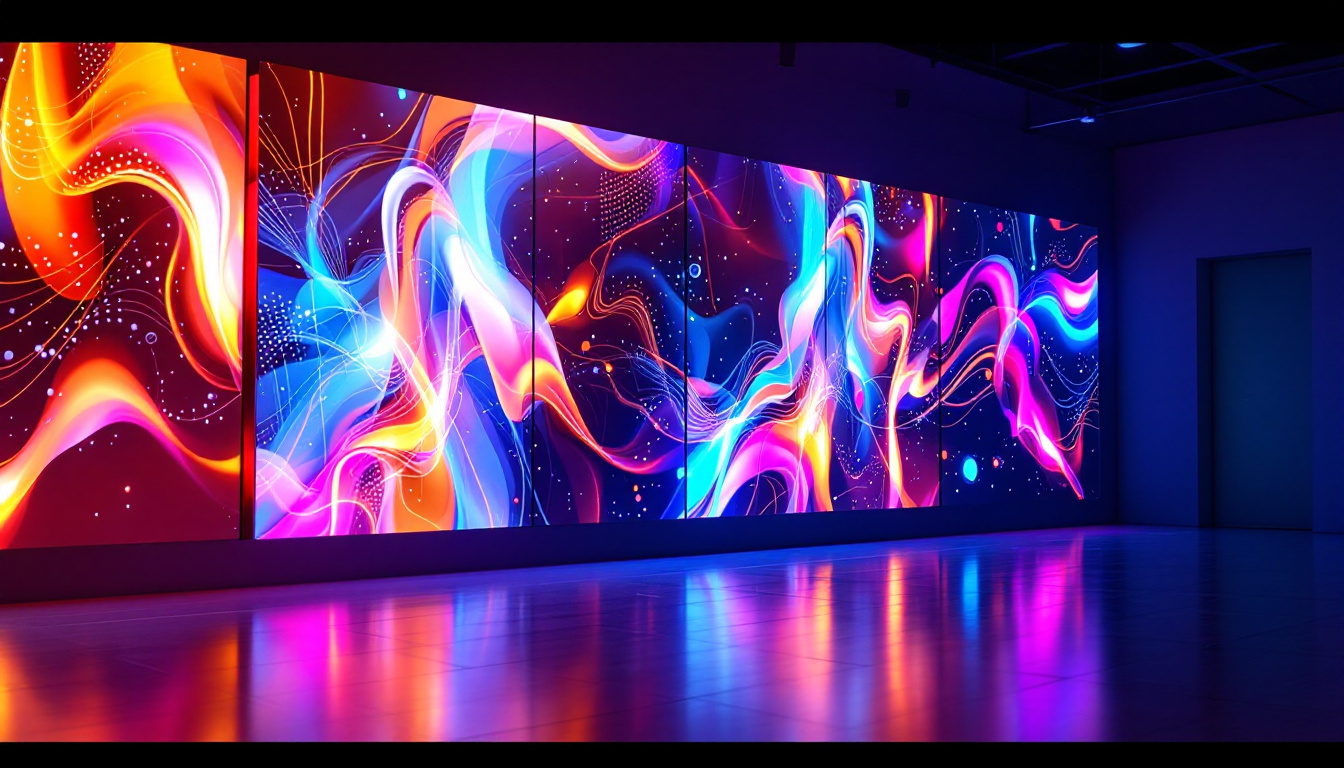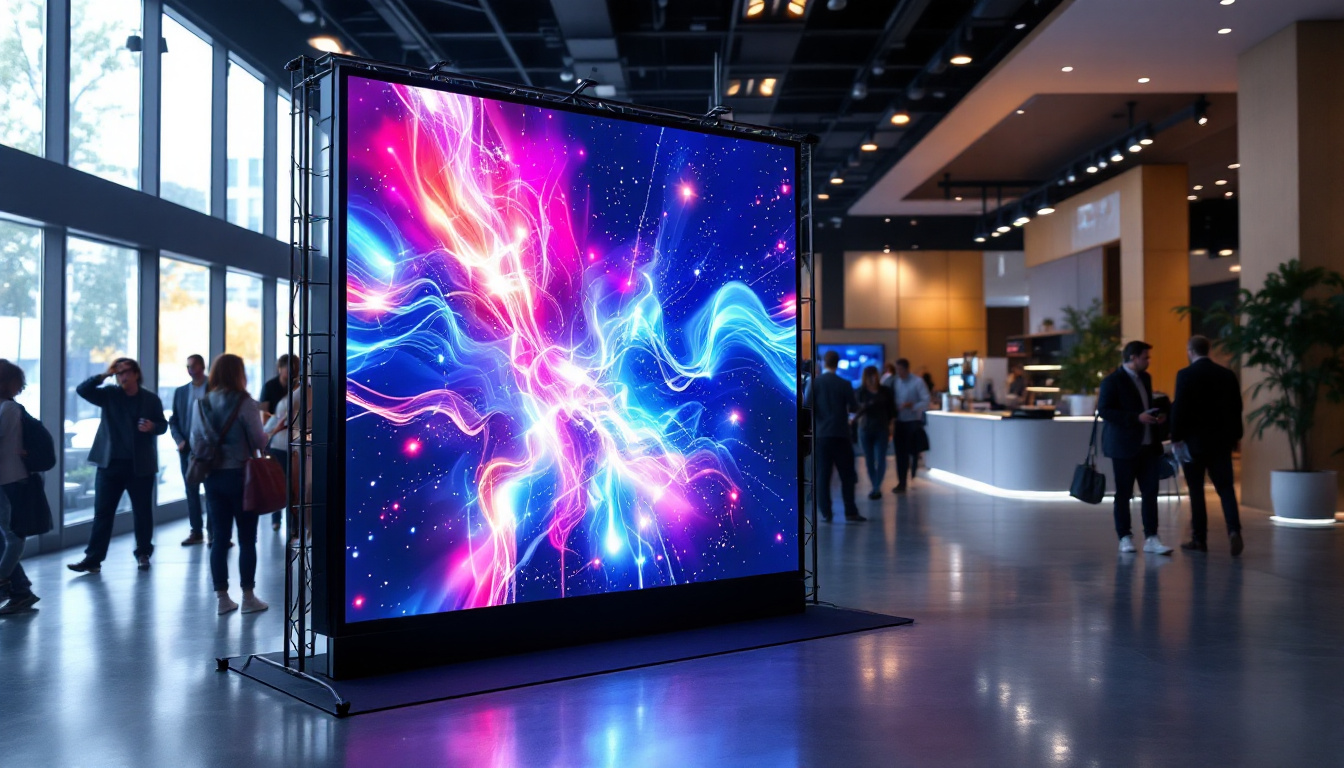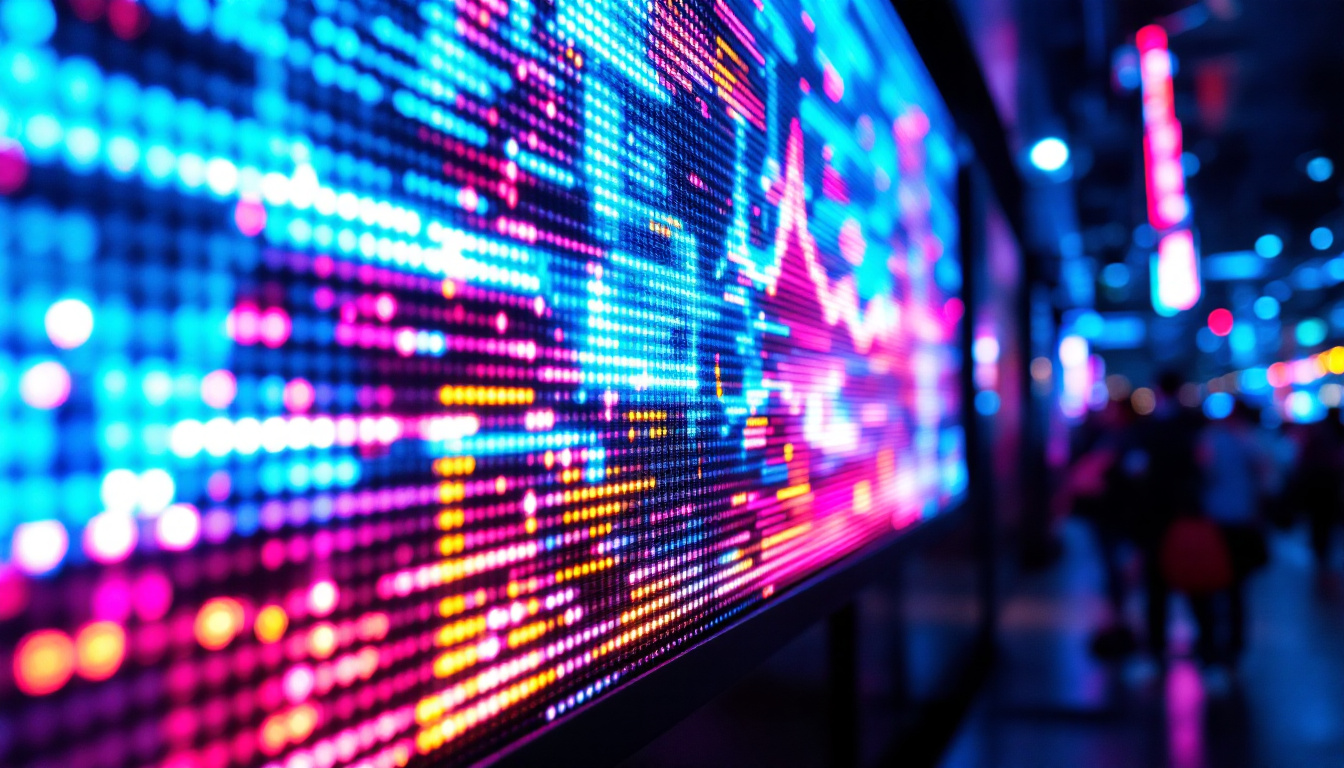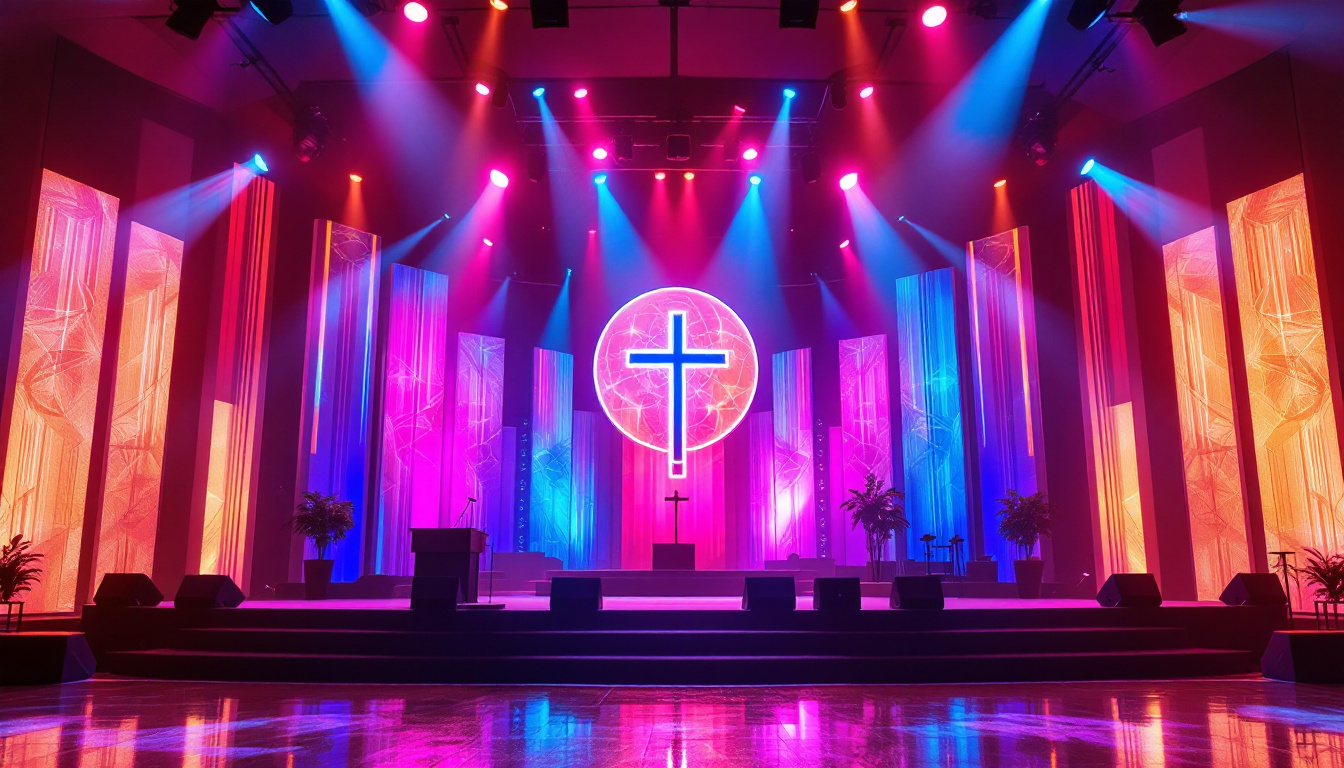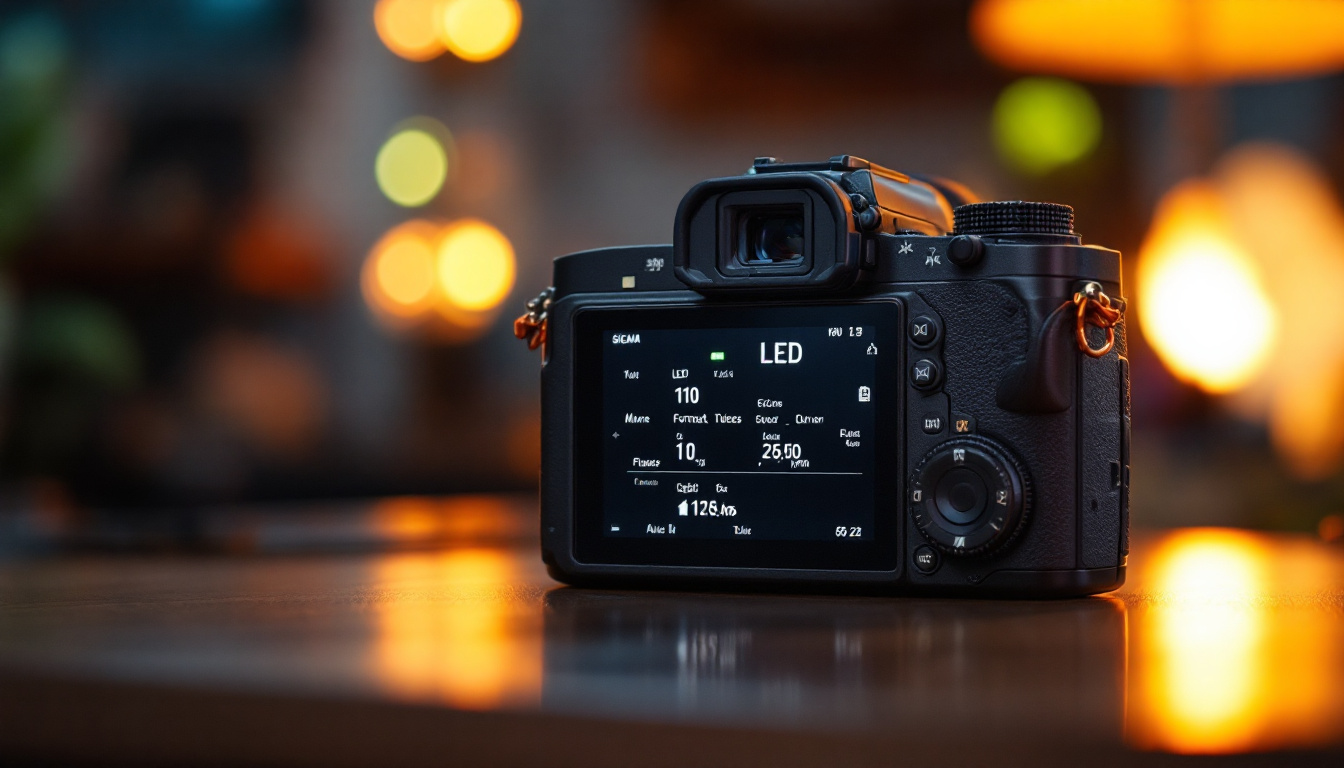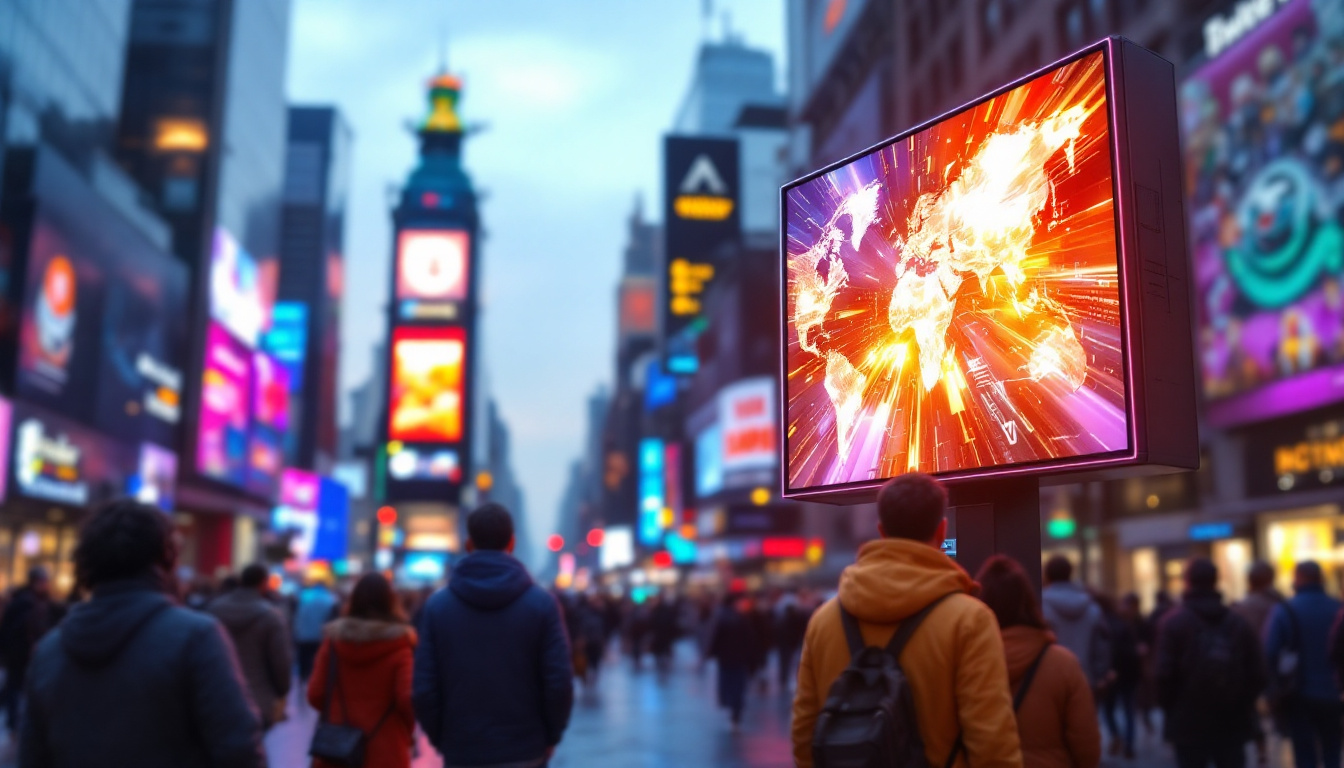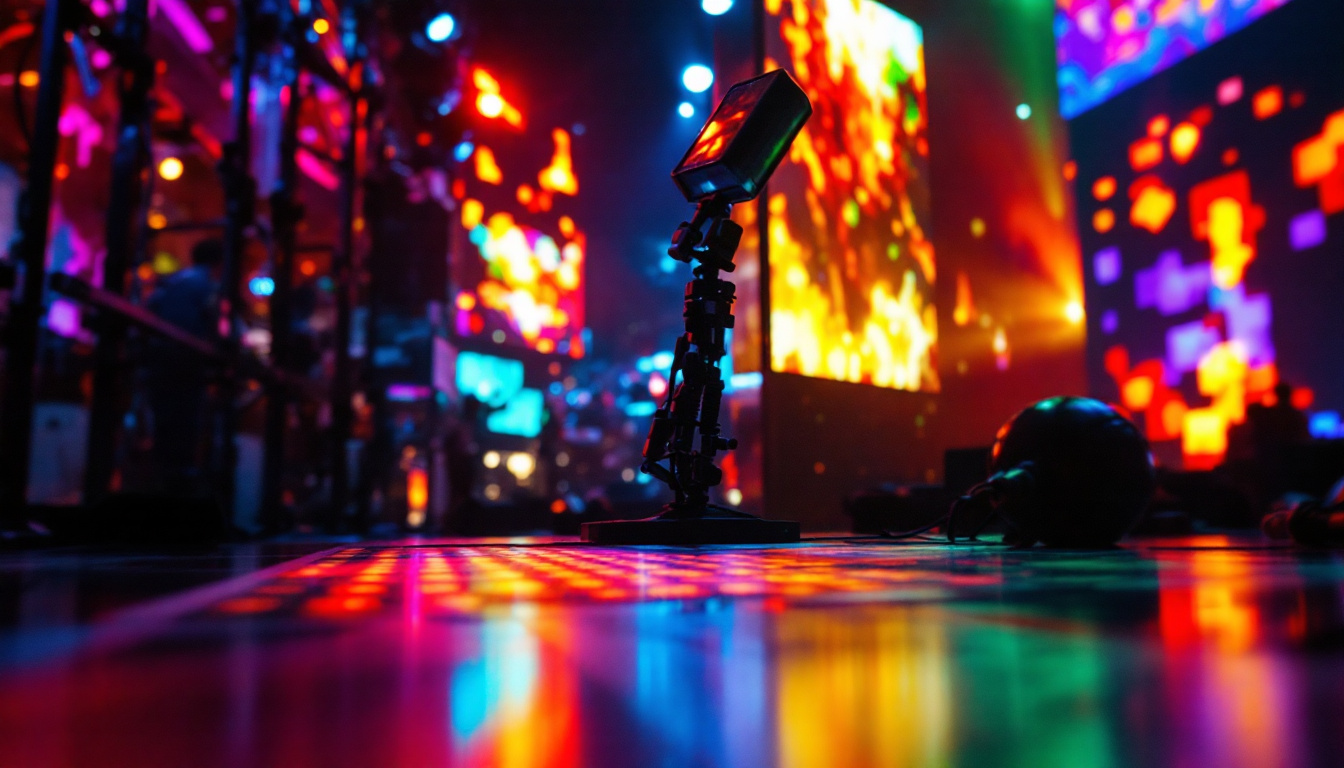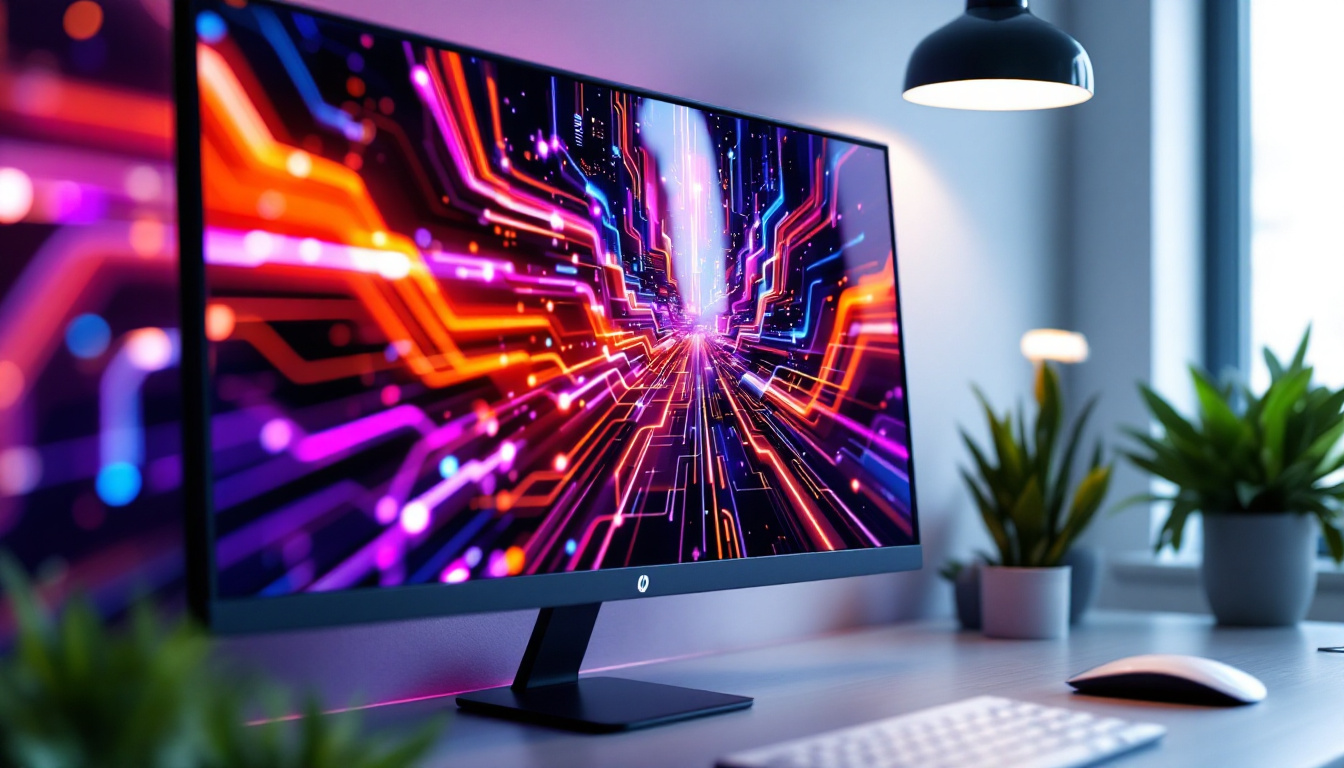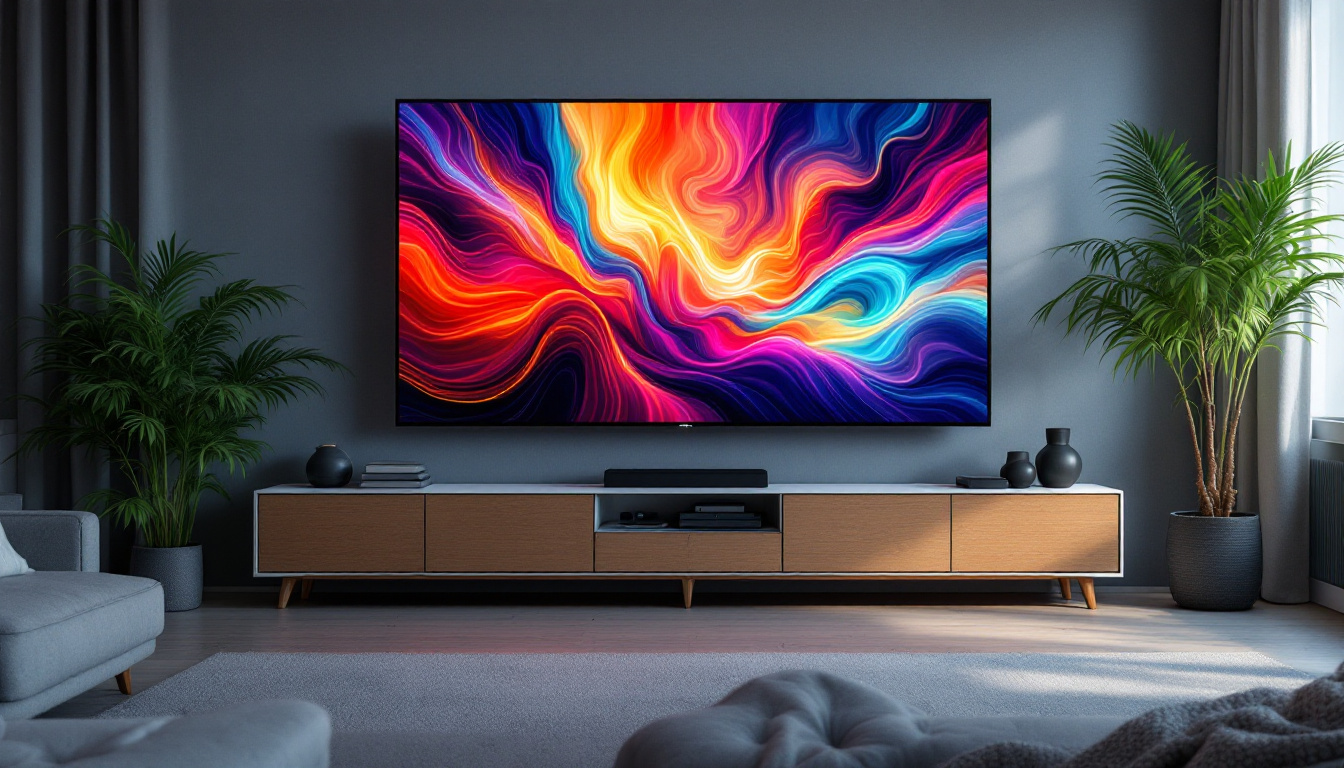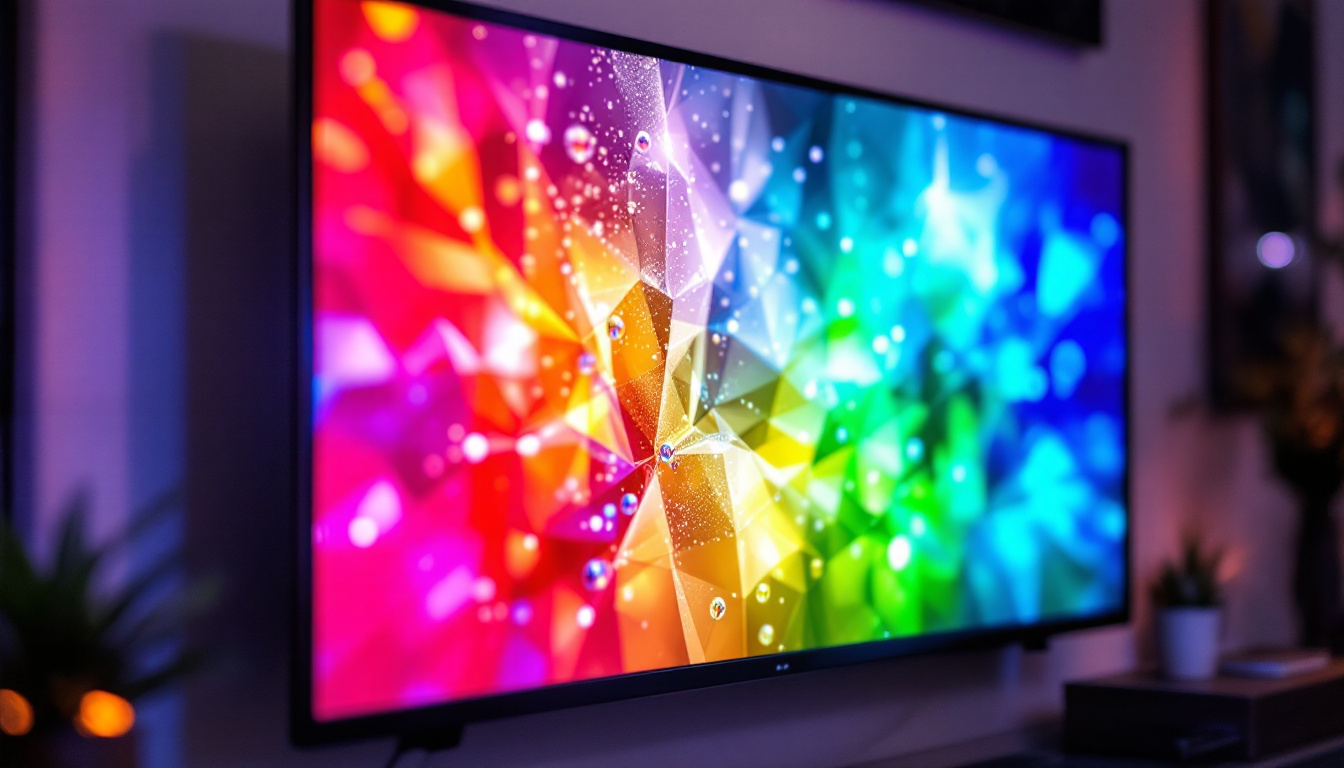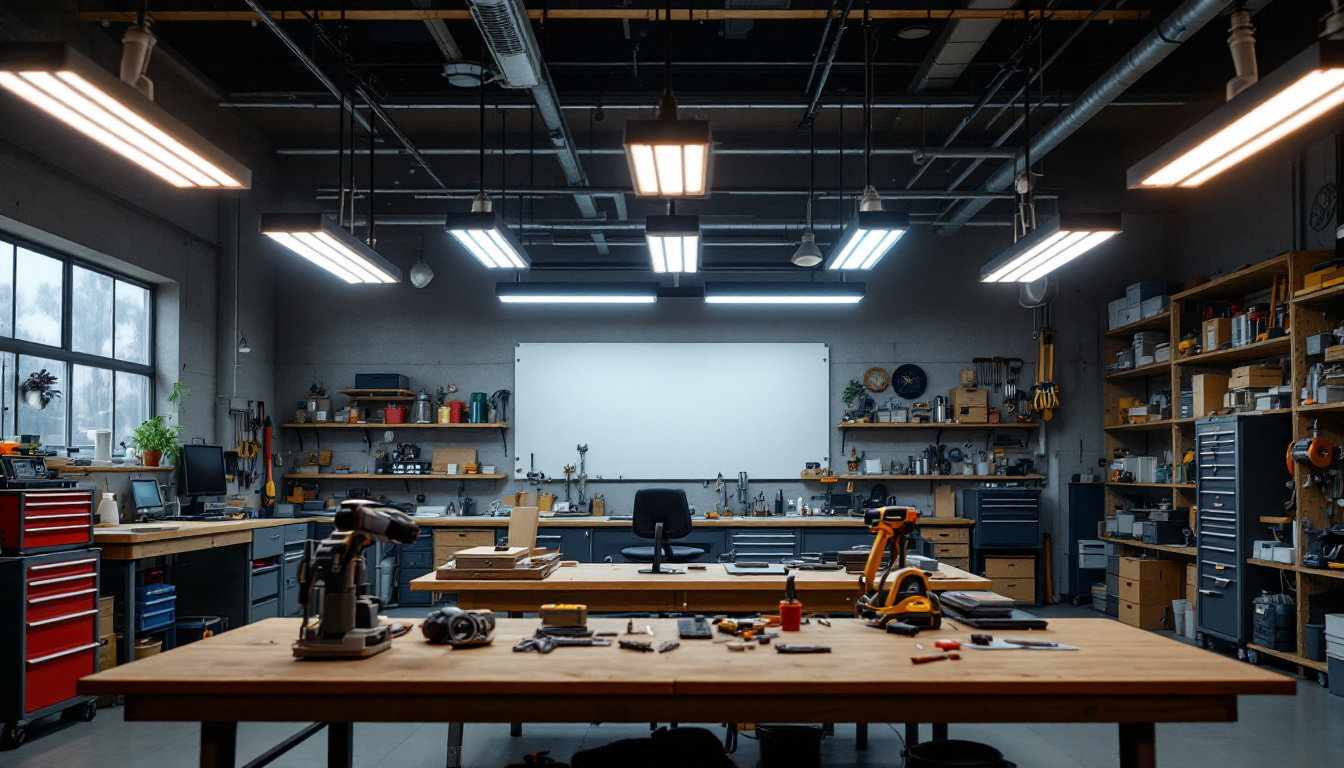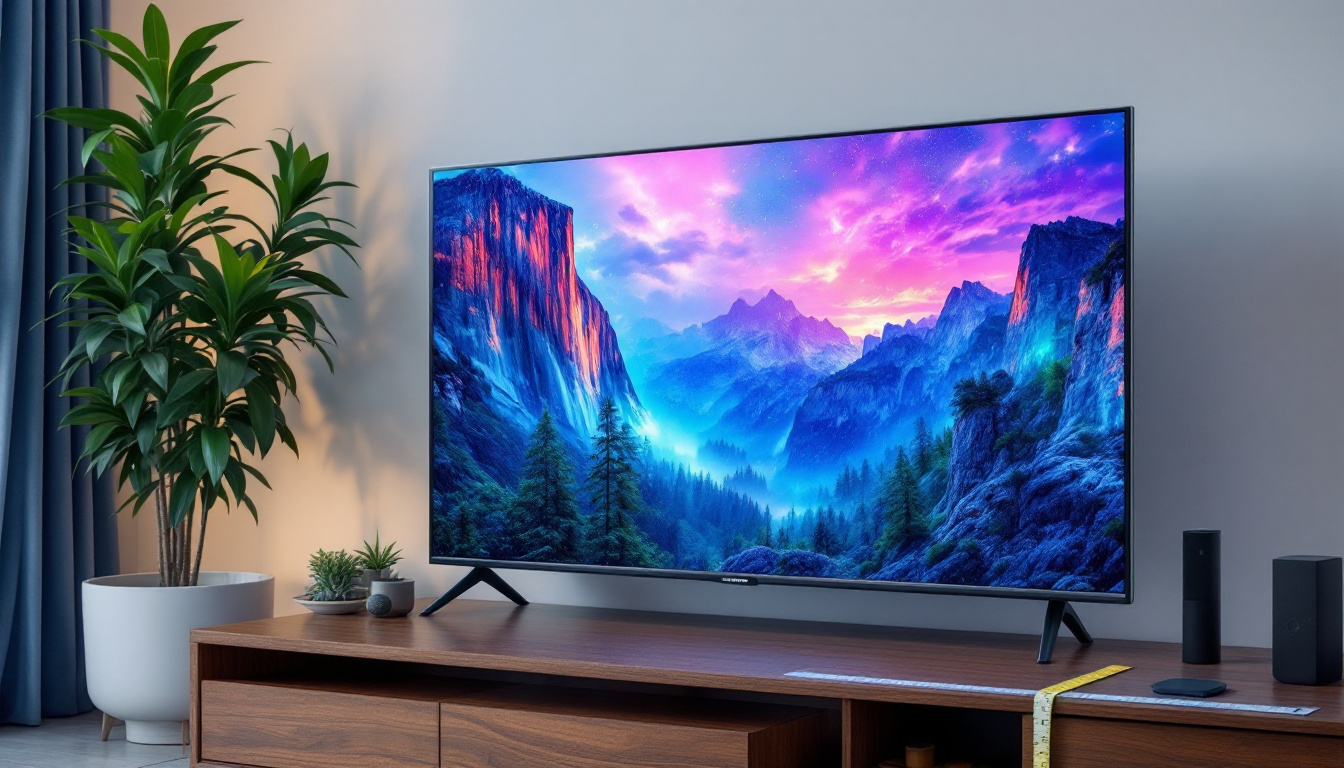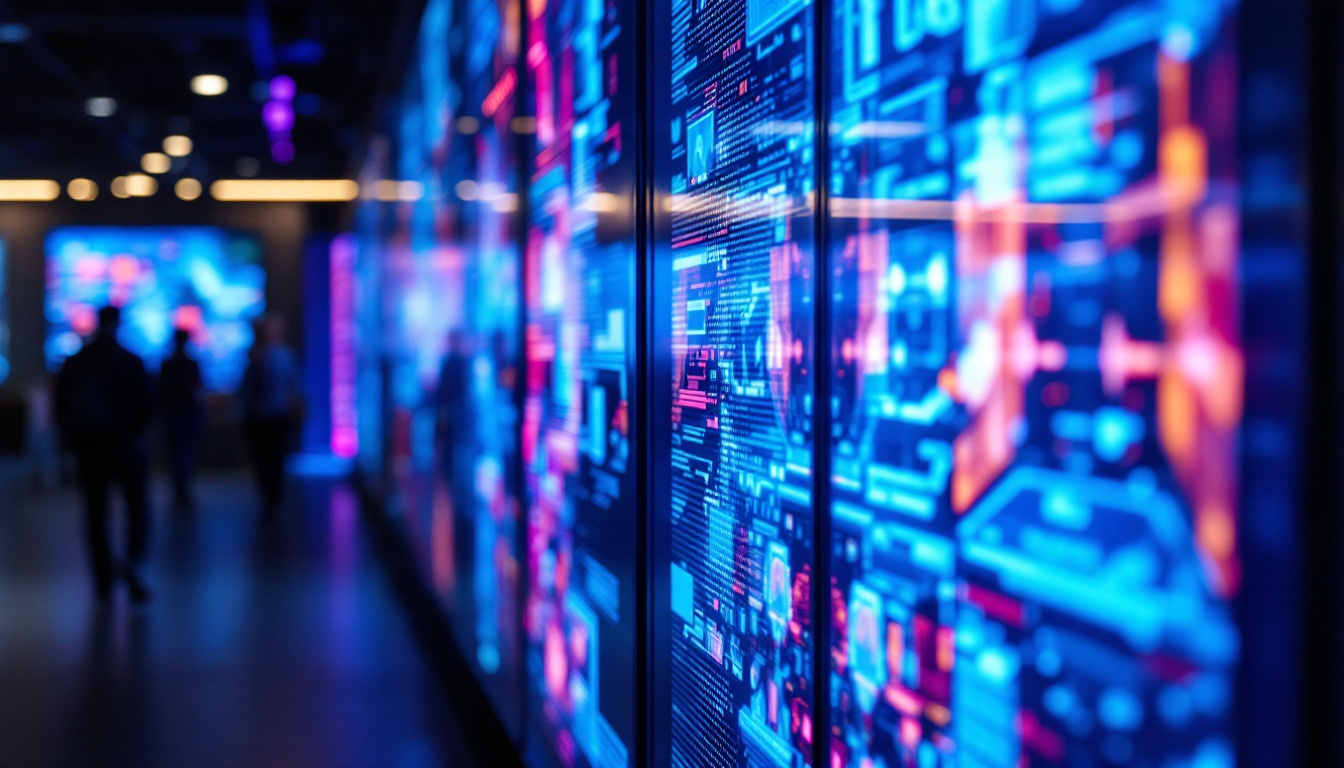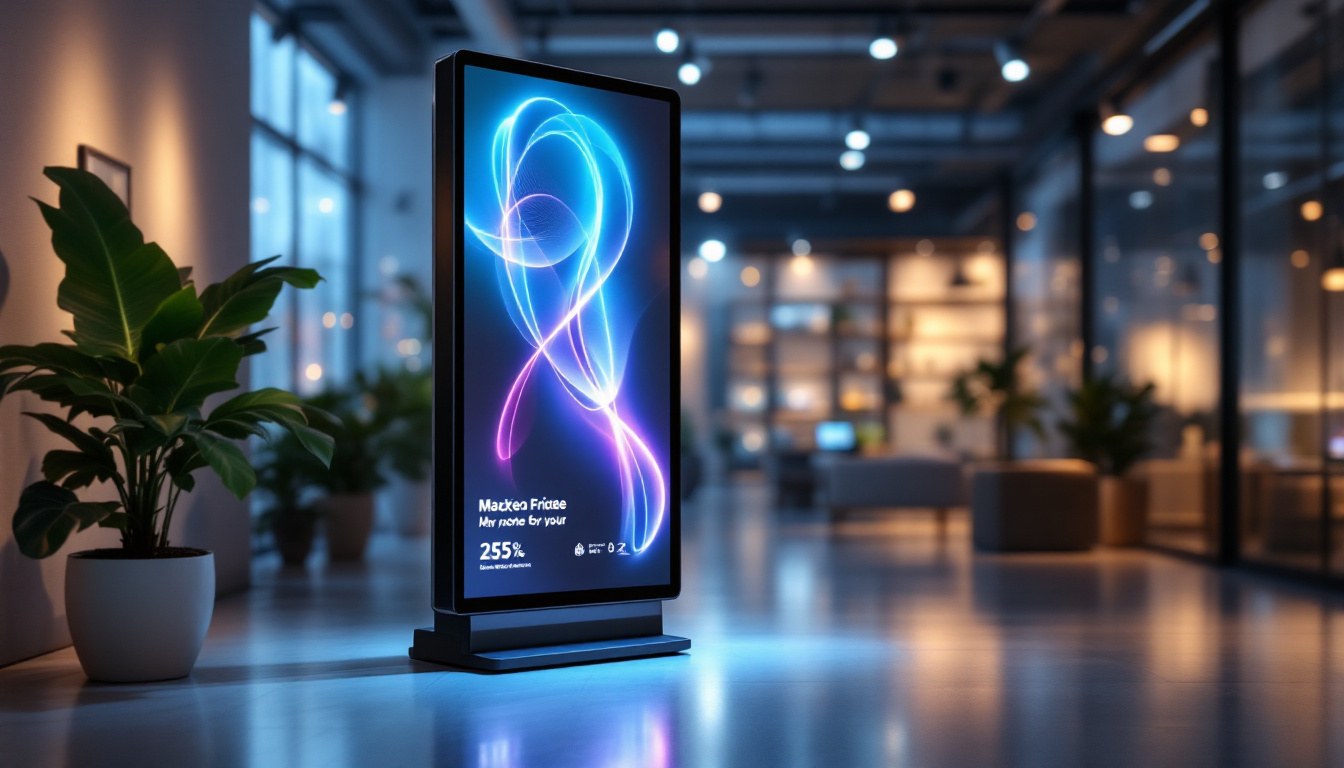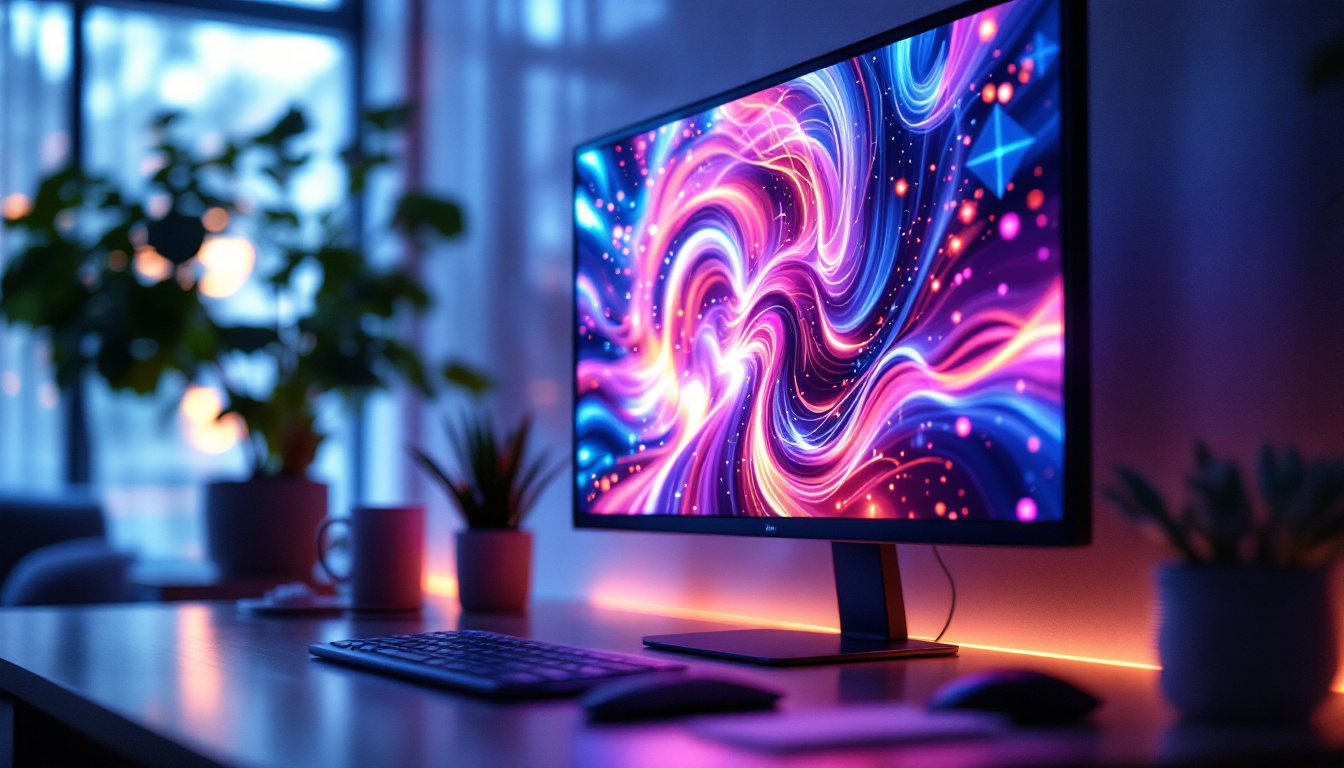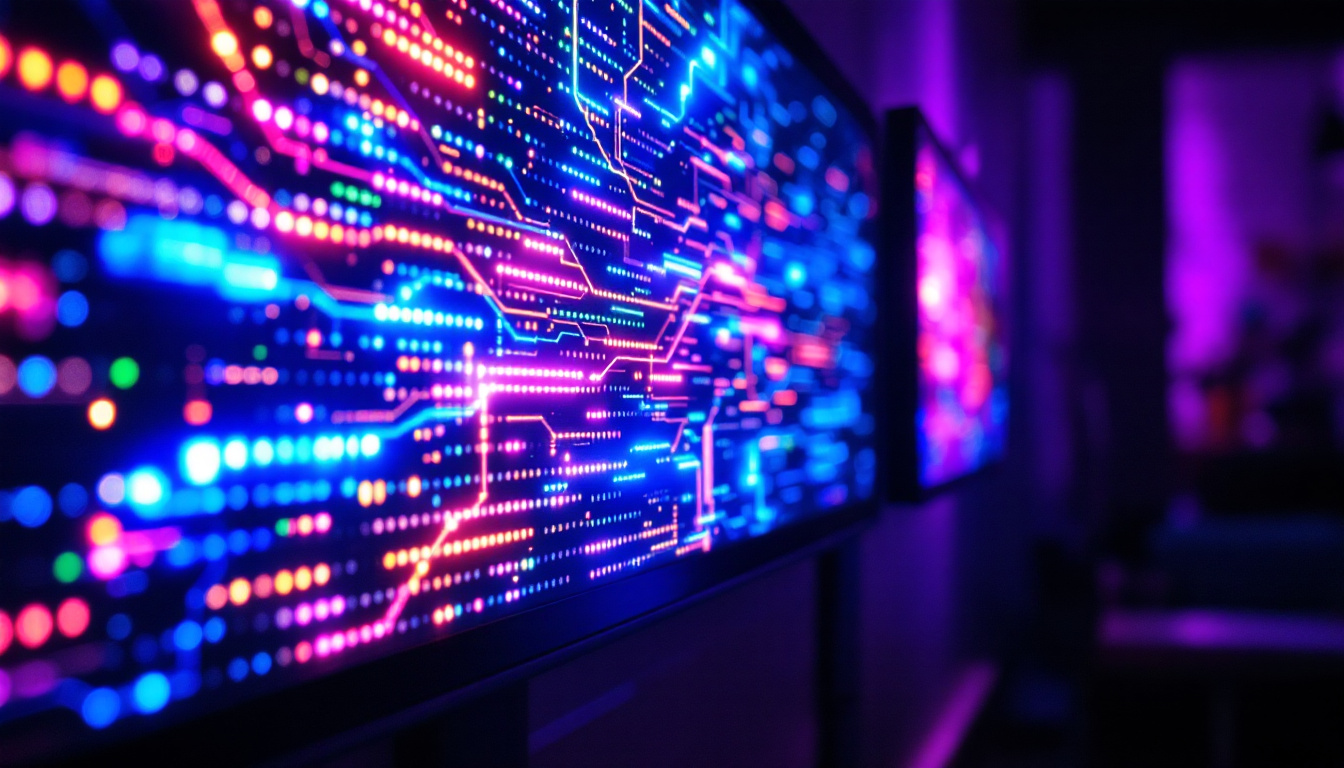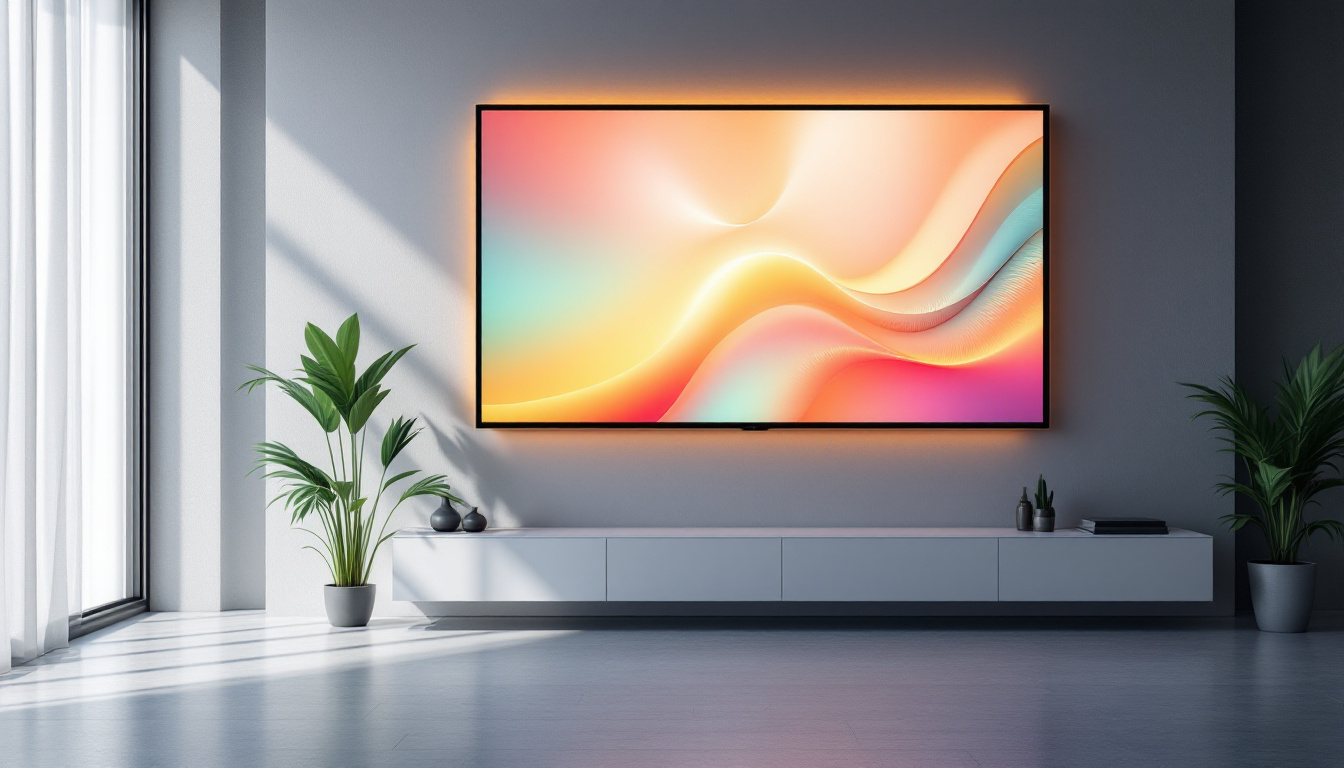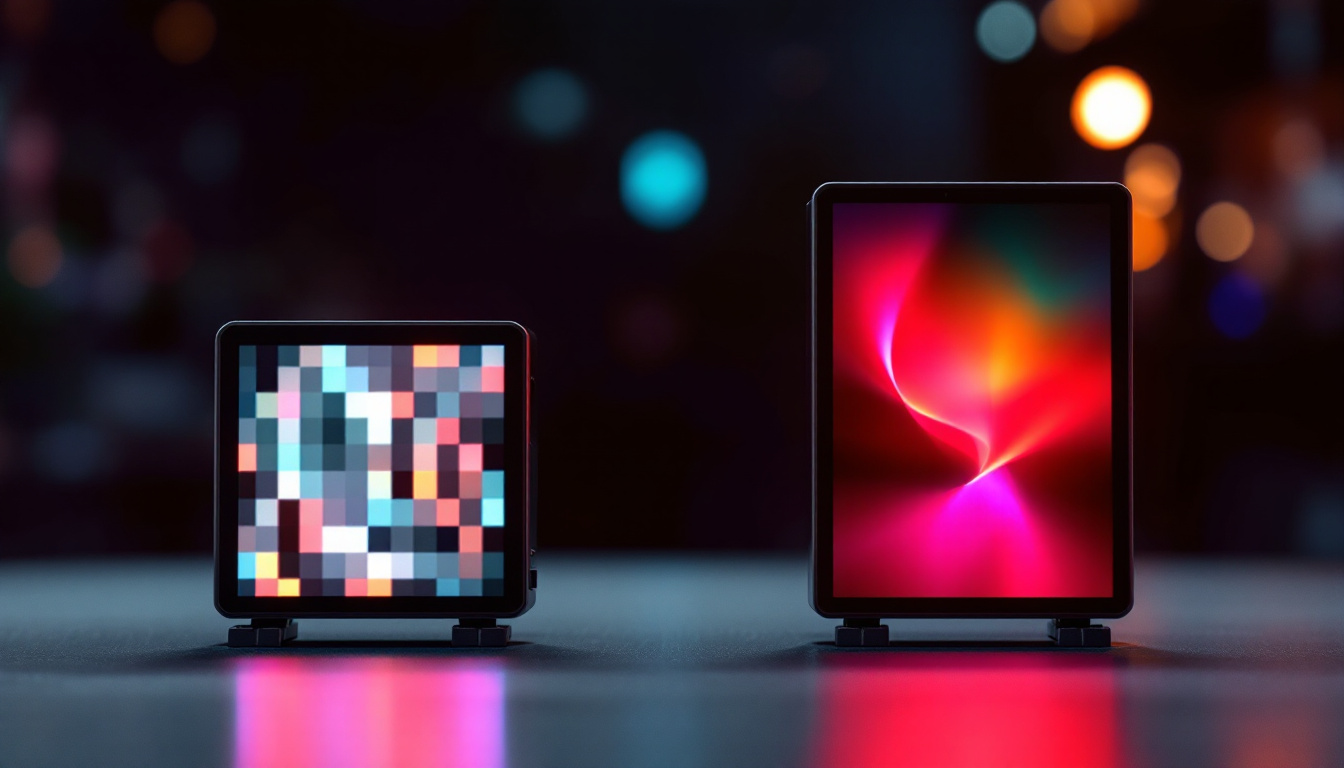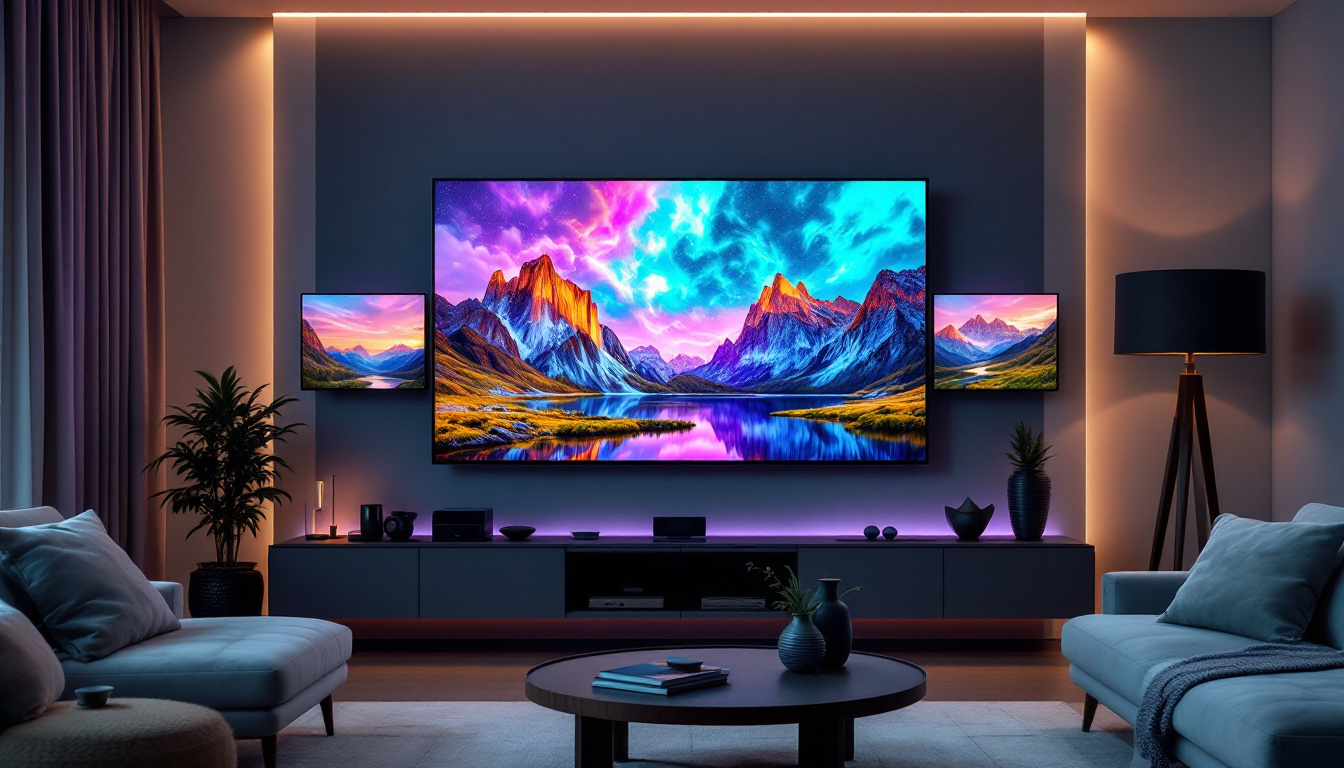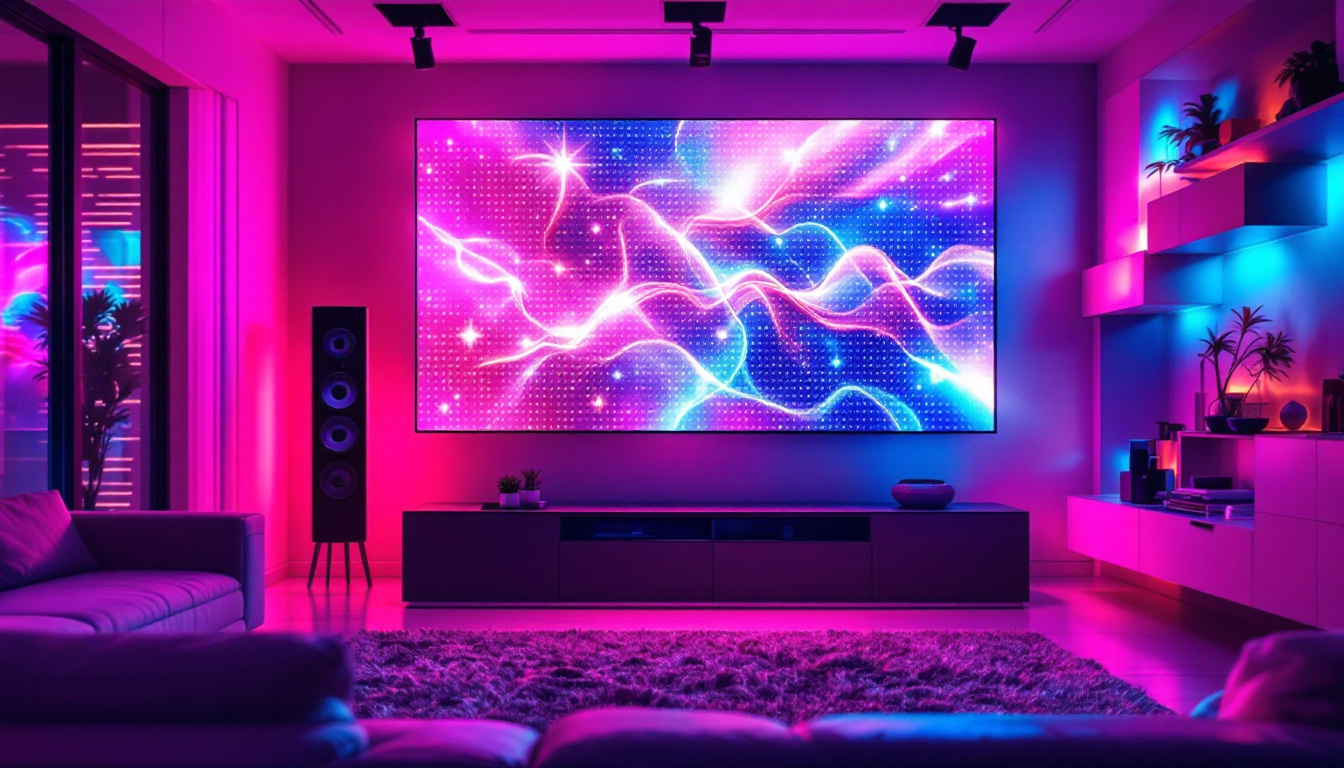Affordable LED Screens: LED Display Explained
In recent years, LED technology has revolutionized the way we display information, entertainment, and advertisements. The affordability of LED screens has made them accessible to a wider audience, transforming various sectors including retail, education, and entertainment. This article delves into the intricacies of LED displays, their advantages, types, and how to choose the right one for your needs.
Understanding LED Technology
LED, or Light Emitting Diode, is a semiconductor device that emits light when an electric current passes through it. This technology has become the backbone of modern display screens, offering vibrant colors, energy efficiency, and longevity. Understanding how LED displays work is essential for anyone considering investing in this technology.
How LED Displays Work
LED displays consist of numerous tiny diodes arranged in a grid format. Each diode can emit different colors, and by combining these colors, a full spectrum of hues can be produced. The basic principle behind LED displays is additive color mixing, where red, green, and blue (RGB) light combine to create other colors. This technology allows for high brightness levels and excellent contrast ratios, making LED screens suitable for various environments.
In addition to the RGB configuration, some advanced LED displays utilize white LEDs or a combination of phosphor-coated LEDs to enhance color accuracy and brightness. This innovation has led to the development of technologies such as Quantum Dot LEDs (QLED), which further improve color reproduction and viewing angles. As a result, users can enjoy a more immersive experience, whether watching movies, playing video games, or engaging in professional presentations.
Benefits of LED Displays
One of the most significant advantages of LED displays is their energy efficiency. Compared to traditional LCD screens, LEDs consume less power, which can lead to substantial savings over time. Additionally, LED screens have a longer lifespan, often lasting up to 100,000 hours, which reduces the need for frequent replacements.
Moreover, LED displays provide superior image quality with sharper images and more vivid colors. This makes them particularly appealing for applications that require high-definition visuals, such as advertising billboards and indoor displays. The ability to maintain performance in various lighting conditions also sets LED technology apart; they perform exceptionally well in bright environments, ensuring that content remains visible and engaging. Furthermore, the flexibility of LED technology allows for creative applications, such as curved screens and large video walls, which can transform any space into a dynamic visual experience.
Types of LED Displays
LED displays come in various types, each designed for specific applications. Understanding these types can help in selecting the right display for your needs.
Indoor LED Displays
Indoor LED displays are typically used in settings such as shopping malls, conference rooms, and theaters. These screens are designed to be viewed from a closer distance, offering high resolution and brightness levels. They often feature a pixel pitch of 1.5mm to 4mm, which allows for detailed images and text. The vibrant colors and sharp contrast of indoor LED displays make them ideal for presentations, advertisements, and entertainment, ensuring that every detail is visible even in well-lit environments. Furthermore, many indoor models come with advanced features such as touch capabilities, enabling interactive experiences that engage audiences more effectively.
Outdoor LED Displays
Outdoor LED displays are built to withstand harsh weather conditions and are used for billboards, stadiums, and public signage. These screens have a larger pixel pitch, typically ranging from 4mm to 16mm, allowing for visibility from greater distances. They are also equipped with protective casings to shield them from rain, dust, and UV rays. The brightness of outdoor displays is significantly higher than that of indoor models, often exceeding 5000 nits, which ensures that the content remains clear and eye-catching even in direct sunlight. Additionally, many outdoor LED displays are designed with energy efficiency in mind, utilizing advanced technologies to reduce power consumption while maintaining high performance levels.
Flexible LED Displays
Flexible LED displays are a newer innovation that allows for creative and dynamic installations. These screens can be bent and shaped to fit various surfaces, making them ideal for unique architectural designs and artistic displays. Their versatility opens up new possibilities for advertising and event staging. With the capability to create curved or even cylindrical shapes, flexible LED displays can enhance the visual appeal of retail spaces, exhibitions, and live events. Moreover, advancements in technology have led to the development of ultra-thin and lightweight models, making installation and transportation easier than ever. As a result, flexible LED displays are becoming increasingly popular in both commercial and artistic applications, pushing the boundaries of traditional display technology.
Choosing the Right LED Display
Selecting the right LED display requires careful consideration of various factors, including purpose, location, and budget. Understanding these elements can help ensure that the chosen display meets specific needs and expectations.
Consider the Purpose
The first step in choosing an LED display is to define its purpose. Will it be used for advertising, information dissemination, or entertainment? The intended use will influence the type of display needed, as well as features such as brightness, resolution, and size.
Assess the Location
Location plays a crucial role in determining the appropriate LED display. For outdoor use, screens must be weather-resistant and bright enough to be visible in direct sunlight. Conversely, indoor displays can focus more on resolution and color accuracy, as they are typically viewed from closer distances.
Budget Considerations
While LED technology has become more affordable, budget remains a significant factor in the decision-making process. It is essential to balance quality and cost, ensuring that the chosen display meets performance expectations without overspending. Comparing different brands and models can help identify the best value for money.
Applications of LED Displays
LED displays have a wide range of applications across various industries. Their versatility and effectiveness make them suitable for both commercial and personal use.
Advertising and Marketing
One of the most prominent uses of LED displays is in advertising and marketing. Businesses utilize these screens to showcase promotions, new products, and brand messages. The dynamic nature of LED displays allows for eye-catching animations and videos that can capture the attention of potential customers more effectively than static signage.
Event Staging
LED displays are increasingly popular in event staging, providing stunning backdrops for concerts, conferences, and exhibitions. Their ability to display high-quality visuals and adapt to various formats makes them a favorite among event planners. Additionally, flexible LED displays can be configured into unique shapes, enhancing the overall aesthetic of an event.
Education and Training
In educational settings, LED displays serve as powerful teaching tools. They can be used to present information in an engaging manner, facilitating better learning experiences. Whether in classrooms, lecture halls, or training rooms, LED screens can enhance presentations with vivid visuals and interactive elements.
Maintenance and Care for LED Displays
While LED displays are known for their durability, proper maintenance is crucial to ensure their longevity and optimal performance. Regular care can prevent common issues and extend the lifespan of the display.
Regular Cleaning
Dust and dirt can accumulate on LED screens, affecting visibility and performance. Regular cleaning with a soft, lint-free cloth is recommended to keep the display clear. For outdoor screens, additional care may be needed to remove grime and environmental debris.
Software Updates
Many LED displays come with software that requires periodic updates to ensure optimal functionality. Keeping the software up to date can enhance performance, fix bugs, and introduce new features. It is advisable to check for updates regularly and follow the manufacturer’s instructions for installation.
Professional Inspections
For larger installations or outdoor displays, scheduling professional inspections can be beneficial. Technicians can identify potential issues before they become significant problems, ensuring that the display operates smoothly and efficiently.
The Future of LED Display Technology
The future of LED display technology looks promising, with continuous advancements enhancing their capabilities. Innovations are expected to lead to even more affordable options, making this technology accessible to a broader audience.
Advancements in Resolution
As technology progresses, the resolution of LED displays is expected to improve significantly. Higher pixel densities will allow for even sharper images and more detailed visuals, making them suitable for a wider range of applications, including virtual reality and augmented reality experiences.
Integration with Smart Technology
Integration with smart technology is another trend on the horizon. LED displays are likely to become more interconnected, allowing for seamless communication with other devices and systems. This could lead to enhanced interactivity and user engagement, particularly in advertising and event settings.
Sustainability Initiatives
With growing concerns about environmental impact, manufacturers are focusing on developing more sustainable LED displays. This includes using eco-friendly materials, improving energy efficiency, and implementing recycling programs for old displays. As sustainability becomes a priority, consumers can expect to see more green options in the market.
Conclusion
Affordable LED screens have transformed the landscape of visual communication, offering vibrant displays that cater to various needs and applications. Understanding the technology, types, and considerations for selecting an LED display can empower consumers and businesses to make informed decisions.
As advancements continue to shape the future of LED technology, the potential for innovative applications and improved affordability will only enhance the value of these displays. Whether for advertising, education, or entertainment, LED screens are set to remain a pivotal element in the way information is presented and consumed.
Discover LumenMatrix LED Display Solutions
Ready to elevate your visual communication with vibrant, high-quality LED displays? Look no further than LumenMatrix, a leader in innovative LED display technology. Whether you’re seeking to enhance your brand’s visibility, create immersive environments, or captivate your audience with dynamic digital signage, LumenMatrix offers a comprehensive range of solutions tailored to your needs. From Indoor and Outdoor LED Wall Displays to specialized options like Vehicle, Sports, and Floor LED Displays, our products are designed to deliver unparalleled visual experiences. Embrace the future of display technology and check out LumenMatrix LED Display Solutions today to see how we can help you share your message with clarity and impact.

